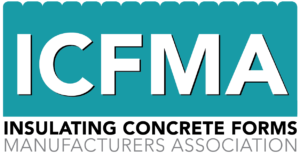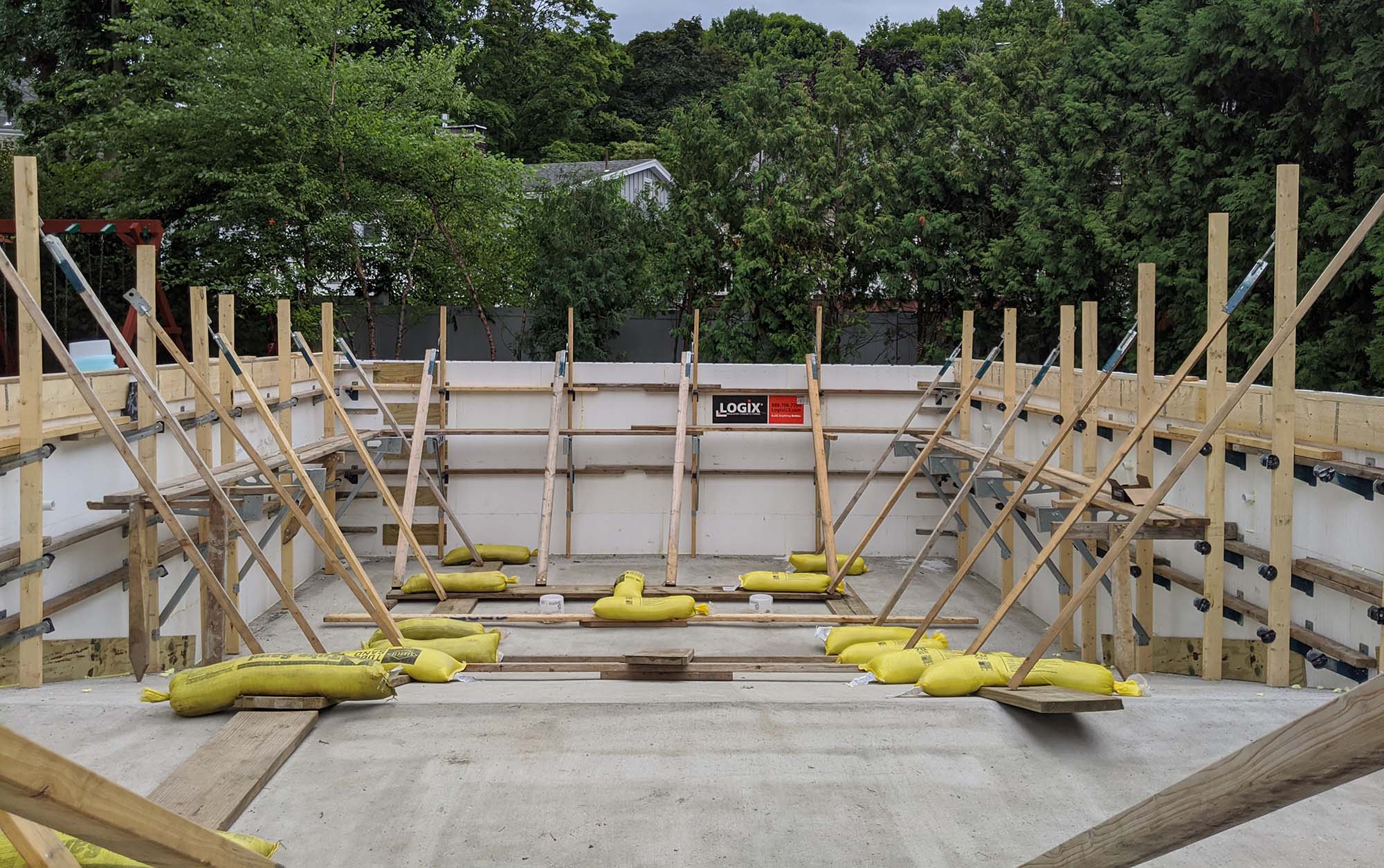Do Building Codes Require ICF Installers To Be Certified? The Answer is NO and Here’s Why.
Hello, builders, contractors and building officials! In some municipalities there is some question as to if an ICF installer requires a certification (sometimes referred to as a Wallet Card). Well, here’s some good news: according to the key standards for ICFs like ASTM E2634, CAN-ULC 717.1, and even the national building codes, there's no requirement for ICF installers to be certified. That’s right – whether you're working under the guidelines of the IBC for commercial buildings or the NBC and IRC for residential projects, having a certificate in your pocket isn’t required. Let’s explore why this is the case and what it means for your day-to-day work. The Lowdown on ICF Standards and Building Codes First things first, the formal regulations – the prevailing standards that govern ICF construction, and the engineering specs derived under PCA 100, don’t require or even reference certified ICF installers. Even in situations where the IBC calls for special inspections, it’s not exclusive to ICF projects, and these inspections can be carried out by anyone deemed competent, certification or not. Why the Lack of Certification Requirement Makes Sense Keeping Costs in Check Mandatory certifications can drive up expenses and limit the pool of available skilled [...]













